Fitbit Charge 6 specs and features: Everything you need to know
Two years after the Charge 5, the Charge 6 mostly keeps the same design but adds new Google apps, a button, and Bluetooth pairing.
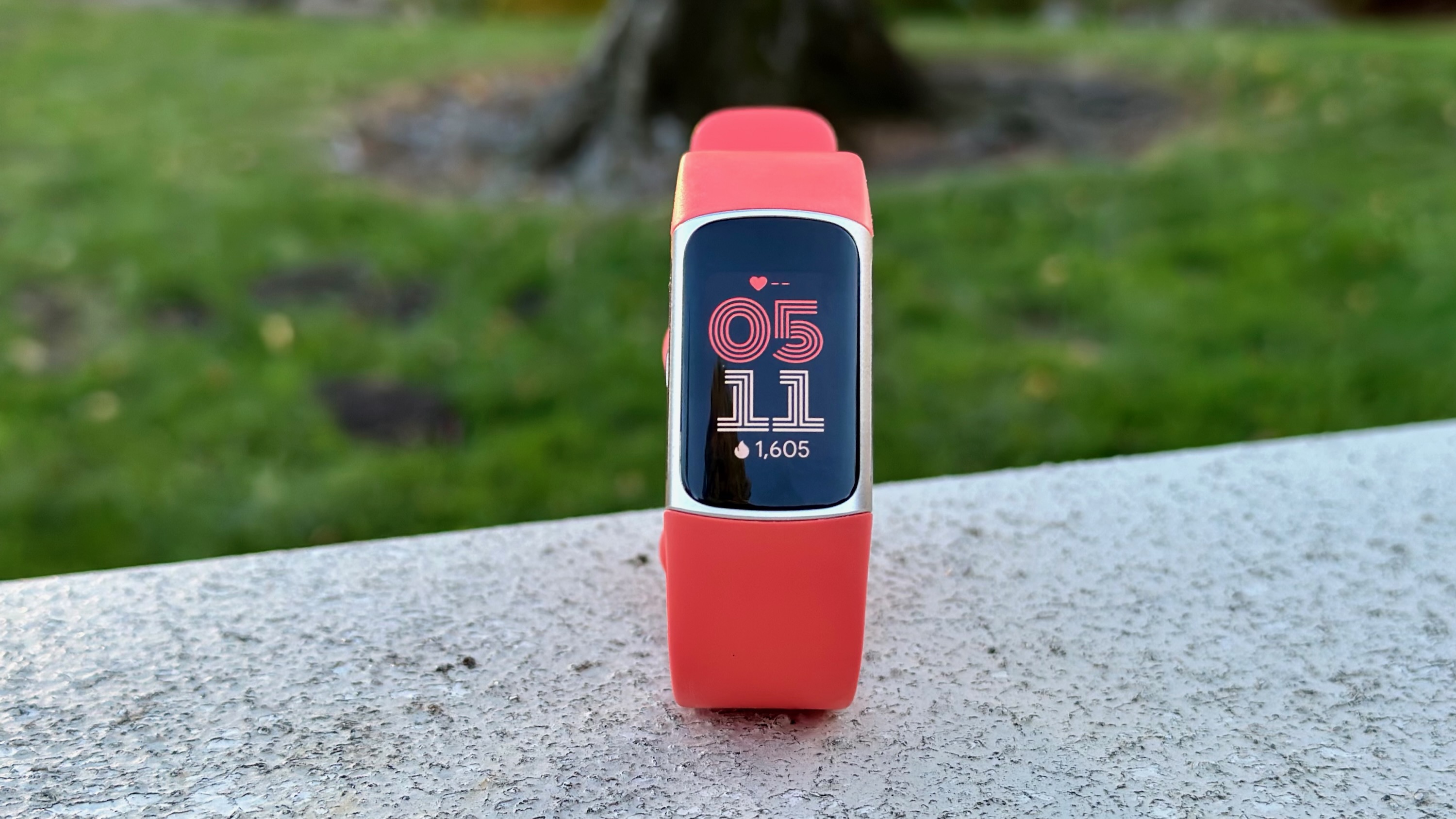
The Fitbit Charge 6 may not have Google in its name, but you could easily call it the Fitbit Charge 5: Google edition. Released two years after its predecessor, the Charge 6 mostly kept the same design and specs, but benefits from Google's software tricks and apps under the surface.
Announced on September 28, the Fitbit Charge 6 will look familiar to Charge 5 fans with its aluminum case, 1-inch rounded-rectangular AMOLED display, 7-day battery life, and built-in GPS and health sensors.
As for what's different, it adds several new Google apps like Maps and YouTube Music, though you'll need your phone on hand to take advantage of them. It also runs a Google algorithm stolen from the Pixel Watch to give it more accurate heart rate data during fast-moving workouts.
You can read our in-depth Fitbit Charge 6 review to see what we think of its upgrades, battery life performance, location accuracy, and whether or not the Google apps are a proper reason to upgrade from the Charge 5.
Otherwise, here's everything we know about the Fitbit Charge 6 in terms of specs, design, new features, price, and more.
Fitbit Charge 6: Release date, price, and bands
Announced on September 28, the Fitbit Charge 6 launched on October 12 in 30 countries. It's available in three colors — Black Aluminum case / Obsidian band, Silver Aluminum / Porcelain, and Champagne Gold / Coral — and costs $159.95 at launch.
For comparison, the Charge 5 originally cost $179 but eventually dipped to $149.
Get the latest news from Android Central, your trusted companion in the world of Android
Your Charge 6 will come with a standard silicone band out of the box. You can use your current Charge 5 bands if you have them, which means that best Charge 6 bands include plenty of our old favorites that work with the proprietary band attachment system.
As for Fitbit's official first-party bands, you can buy them separately but can't replace the silicone band in the box. Here are your options:
- Infinity bands ($30): Coral, Obsidian, Porcelain
- Sport bands ($30): Hazel, Frost White, Deep Sea, Black Cherry, Black, Golden Sunrise
- Premium Horween Leather ($50): Black, Plum
- Woven bands ($35): Ocean, Prism Pride
- Hook & Loop bands ($35): Charcoal, Coastal Blue
- Vegan Leather bands ($50): Indigo, Ash
Fitbit Charge 6: Design
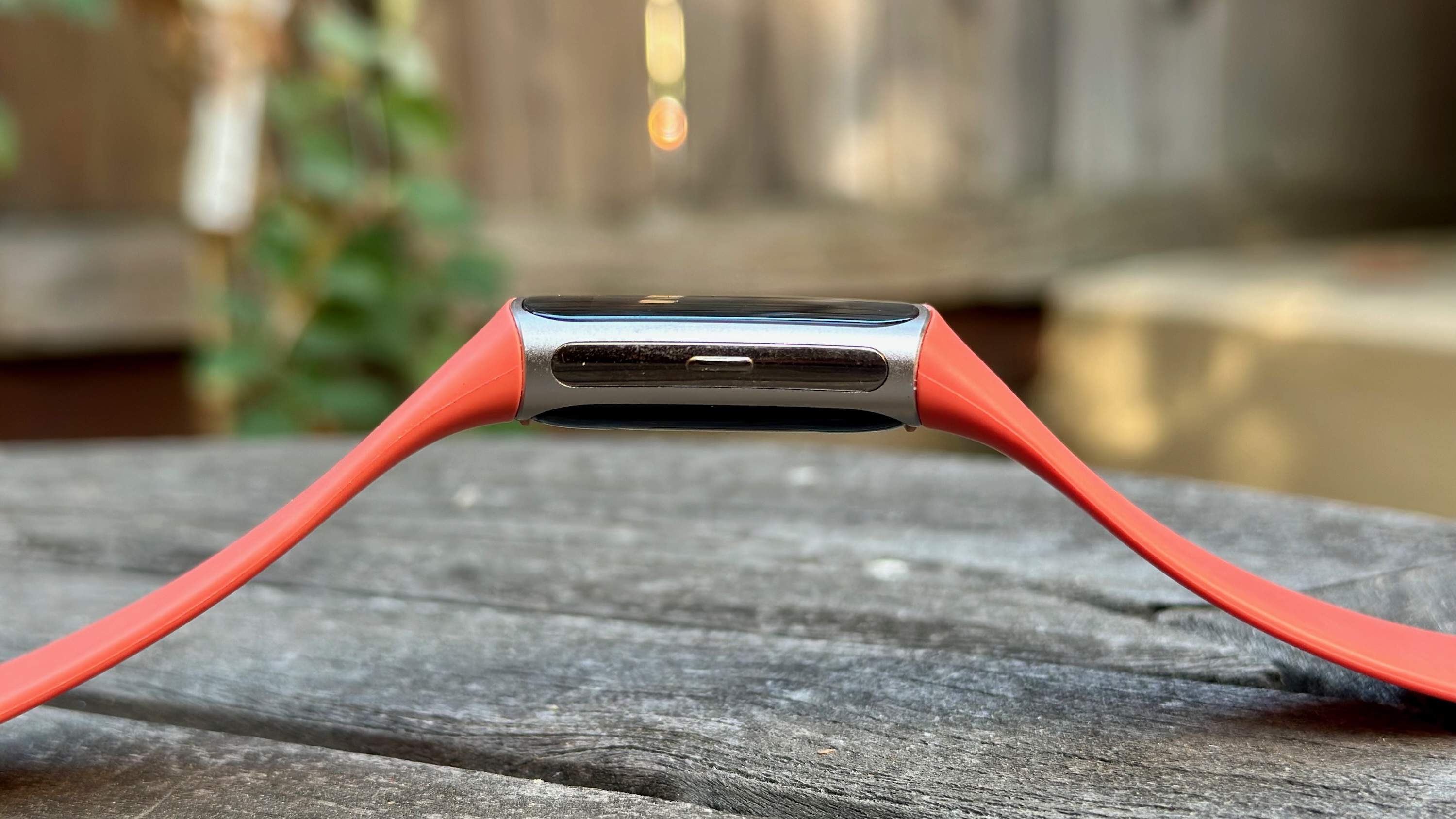
The Fitbit Charge 6 weighs 15g without the band or about 31g/ 1.1oz with the band attached. In terms of size, it measures 1.45 x 0.91 x 0.44 inches and has a 1.04-inch AMOLED display, virtually identical to the Charge 5.
The only design difference is the new side navigation "button," a haptic button rather than the physical one added to the Versa 4 and Sense 2. You squeeze the Charge 6 to activate the display, jump to your home screen, or see your stats.
We initially feared that the capacitive button would make the Charge 6 worse rather than better: the original Fitbit Sense and Versa 3 had capacitive buttons, which gave us difficulty because they didn't always sense when you squeezed them. Thankfully, as our review said, "those fears were completely unwarranted: it works as it should, without being prone to accidental presses like a physical button."
Rounding out the Charge 6 design info you need to know, it has a 5ATM water resistance rating, works at up to 28,000 feet, has an operating temperature of 14ºF to 113ºF, and can fit wrists between 5.1 and 8.3 inches depending on whether you choose the small or large default band. Both band types come in the box, thankfully.
Fitbit Charge 6: Sensors
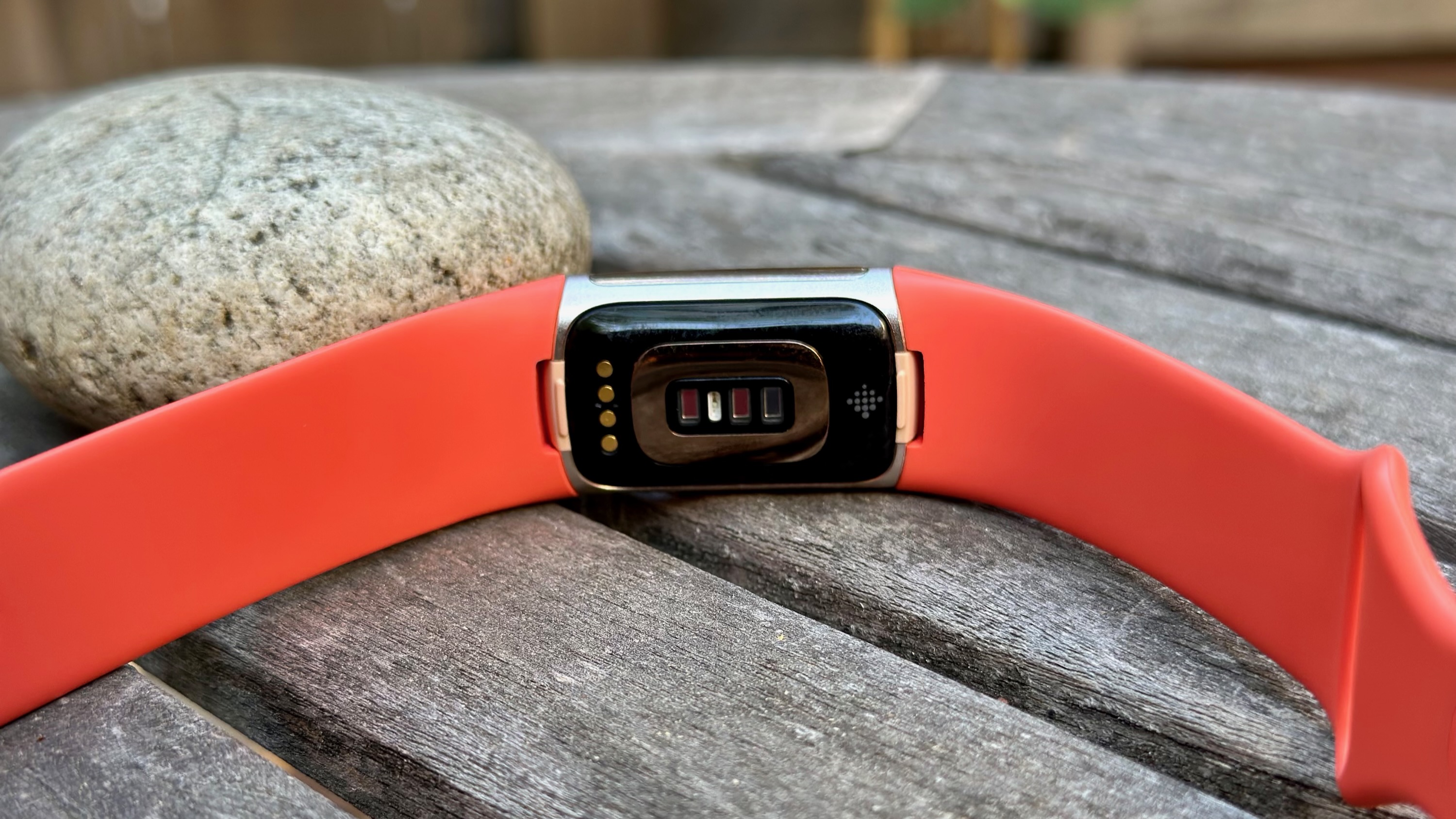
Like the Fitbit Charge 5, the Charge 6 has continuous heart rate tracking, electrodermal activity (EDA) scanning of your sweat for stress indicators, and an ECG sensor for measuring potential irregular heartbeat rhythm (AFib).
Unfortunately, the Charge 6 doesn't have the continuous EDA readings of the Fitbit Sense 2, only spot readings, which means you have to sit there for three minutes without moving to judge your stress levels.
At night, the Charge 6 measures blood oxygen levels (SpO2), heart rate variance (HRV), breathing rate, and skin temperature levels — again, just like the Charge 5.
Using this data, Fitbit will give you a Daily Readiness score, Stress Management score, Sleep score, Wellness Report, and 90-day health trends for a holistic look at your body's health. Of course, you'll need Fitbit Premium to see most of this data; otherwise, you'll see "basic insights" from the past week, with everything else locked behind the paywall.

As for other tools, the Fitbit Charge 6 brought back built-in GPS and GLONASS tracking — one of the rare fitness trackers with GPS instead of relying on phone GPS. It won't have any dual-frequency or multi-GNSS capabilities. Our Charge 6 GPS test revealed that it mostly depends on your phone's GPS when available, and that the built-in GPS isn't especially reliable but works in a pinch.
Rounding out the list, the Charge 6 has a 3-axis accelerometer, ambient light sensor, and vibration motor. We're disappointed that it doesn't have an altimeter for measuring effort based on elevation, which the Charge 4 had but Charge 5 lost.
Even though the Fitbit Charge 6 lacks any new health sensors, there weren't many features left to add aside from cEDA. Instead, Fitbit promises that the Charge 6 has more accurate heart rate data than the best Fitbit devices that came before it. Using Google's algorithms, it supposedly delivers "60% more accurate readings during vigorous activities like HIIT, spinning, and rowing," compared to the Charge 5.
Fitbit Charge 6: Specs and software
| Category | Fitbit Charge 6 |
|---|---|
| Compatibility | iOS 15+ or Android 9+; Google account required |
| Display | 1.04-inch AMOLED; 450 nits brightness |
| Materials | Recycled aluminum case; silicone band with aluminum buckle |
| Battery life | 7 days |
| Charge time | 2 hours (proprietary cable) |
| Sensors and location | HRM, SpO2, ECG, EDA, ambient light, accelerometer, vibration, NFC |
| Connectivity | Bluetooth 5.0 |
| Water resistance | Up to 50 meters |
| Dimensions | 1.45 x 0.91 x 0.44 inches; 36.73 x 23.09 x 11.2mm |
| Weight | 15g (pebble only); 31g (pebble + band) |
The Fitbit Charge 6 specs will look remarkably similar to Charge 5 owners. The 7-day max battery life and 2-hour recharge is the same; in fact, your Charge 5 charging cable should work with the Charge 6, breaking Fitbit's trend of using a new cable every generation.
In testing, the Charge 6 lived up to this 7-day estimate, though it'll quickly burn through battery if you use the built-in GPS or AOD setting.
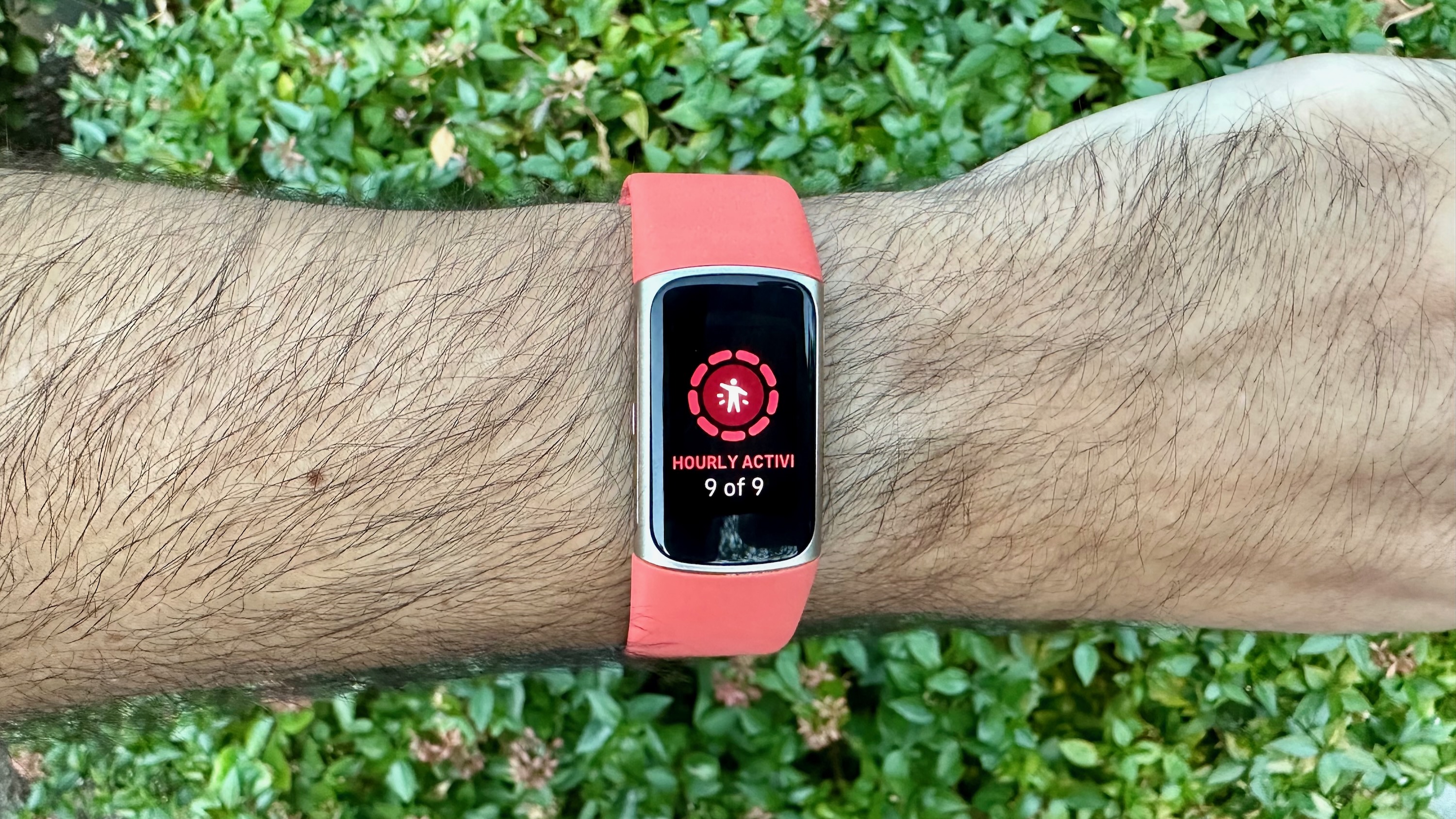
Let's move onto the meat of what's new with the Charge 6: the software.
First, Fitbit promises 20 new workout modes, bringing the total to 40, along with 4 new clock faces. Your favorite activities will appear at the top, making them quick to access. For contrast, the Charge 5 only let you store 6 activities on the device at once, out of 20 available; now, the Charge 6 has all the same activities as the Versa 4 and Sense 2.
Next, Fitbit can connect via Bluetooth to gym equipment for the very first time. You'll be able to see your real-time heart rate on supported treadmills, ellipticals, rowers, and exercise bikes from supported brands like Nordic, Peloton, Concept2, and Tonal, as well as sync to specific Android/iOS fitness apps like Peloton's. Fitbit also promises that more brands will receive support in the future.
Rounding out the list, the Fitbit Charge 6 supports Google Maps, Google Wallet, and YouTube Music.
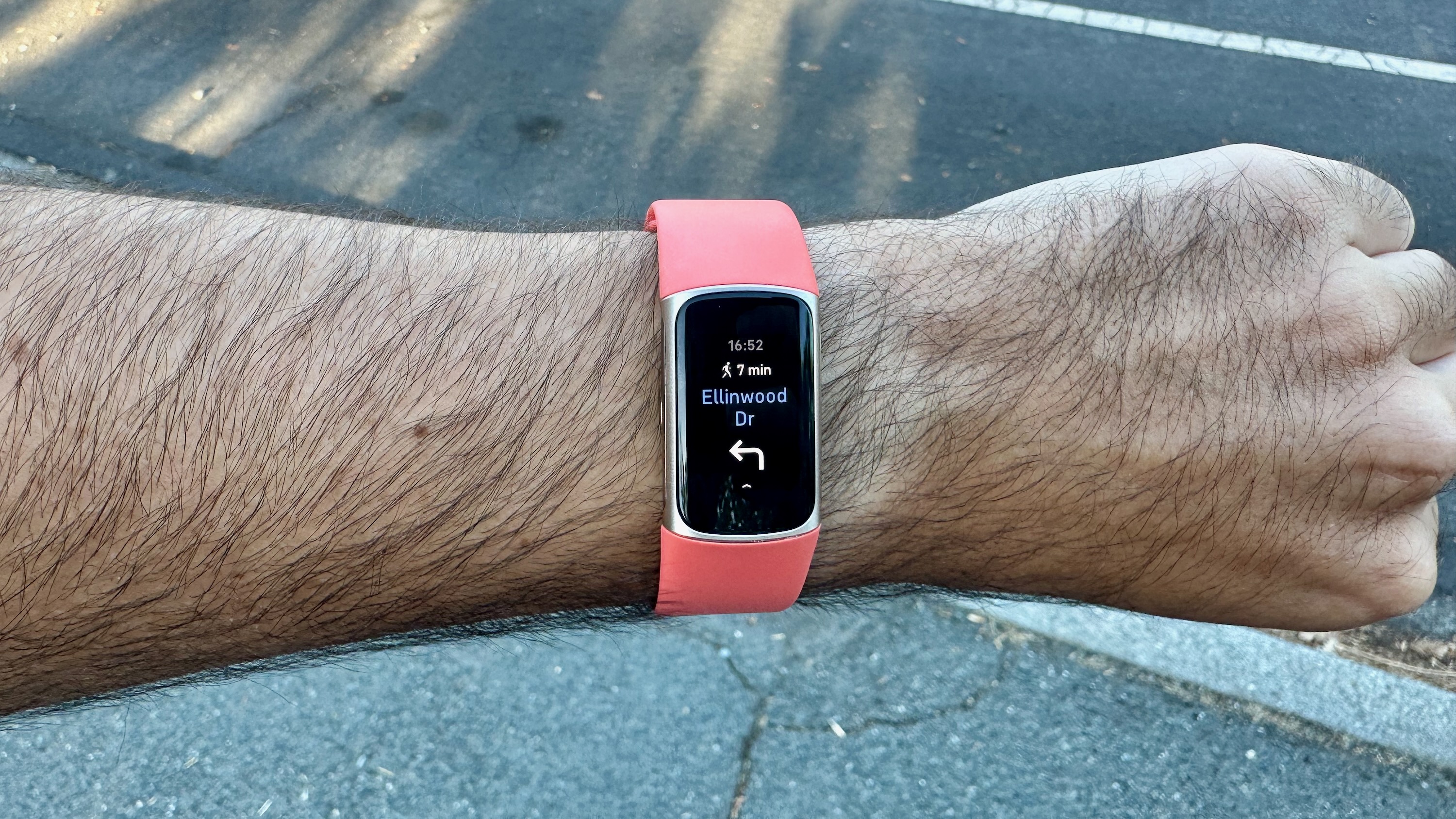
For Google Maps, you'll need your phone nearby to receive turn-by-turn navigation on your wrist; the Charge 6 can't get directions on its own, and doesn't have a speaker or wireless earbud to announce directions out loud. You'll also need to set up Google Wallet on your phone, but that should theoretically work without your phone nearby after that.
As for YouTube Music, you'll need an active subscription to use it, but you'll at least get a one-month free trial when you buy the Charge 6. It controls your phone's playlist with Start, Stop, and Skip controls; you can't store music on the tracker itself.
While this is nice for YT Music subscribers, it's unfortunate that you won't have access to playback controls for other popular services like Spotify or Apple Music. We asked about other music services, and was told that Fitbit is "focusing on bringing our first-party experiences where Music from YouTube and fitness from Fitbit go hand-in-hand."

The Fitbit Charge 6 took the template of our favorite fitness tracker and added several beloved Google apps, double the workout modes, a more accurate heart rate algorithm for faster-paced activities, better connectivity with gym equipment, and a new side navigation button for easier controls.

Michael is Android Central's resident expert on wearables and fitness. Before joining Android Central, he freelanced for years at Techradar, Wareable, Windows Central, and Digital Trends. Channeling his love of running, he established himself as an expert on fitness watches, testing and reviewing models from Garmin, Fitbit, Samsung, Apple, COROS, Polar, Amazfit, Suunto, and more.
- Andrew MyrickSenior Editor — Smartphones (North America), Chromebooks & Tablets
